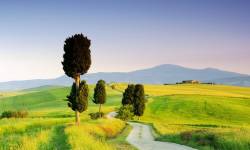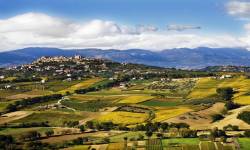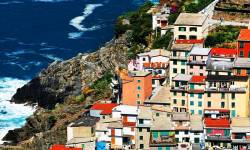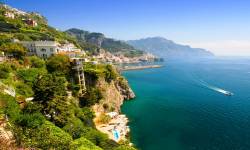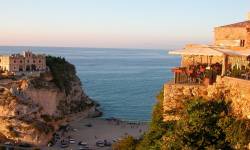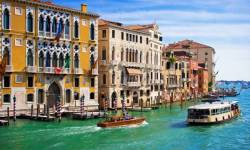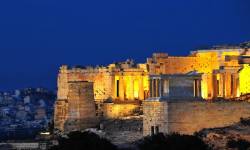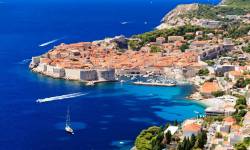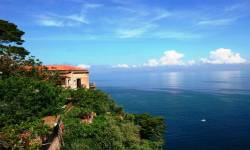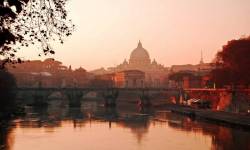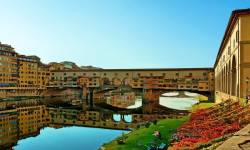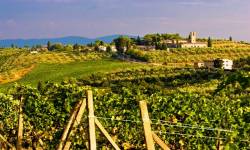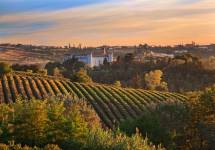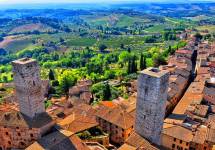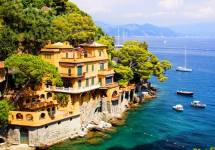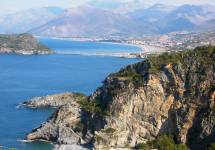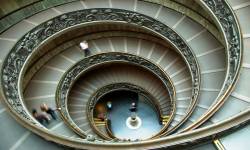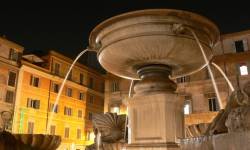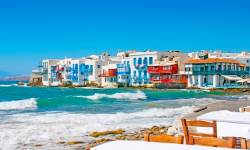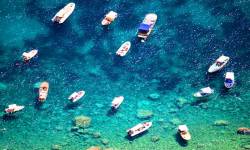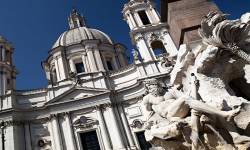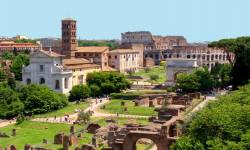-
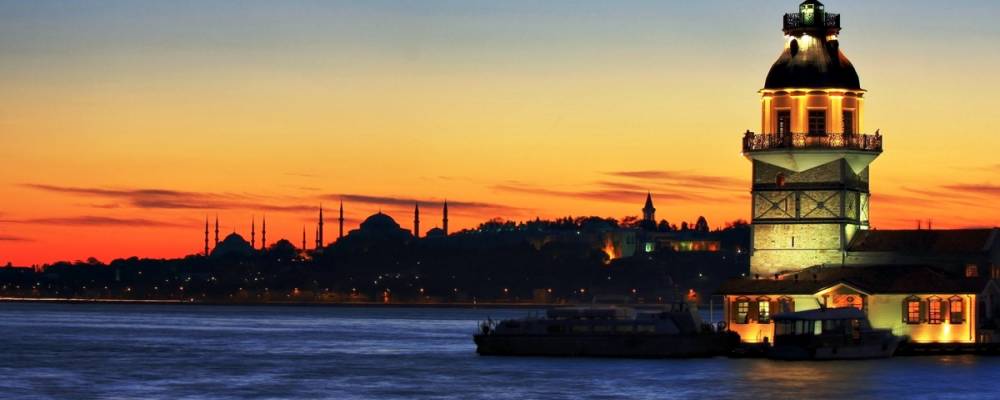
Maiden's Tower, Istanbul
-
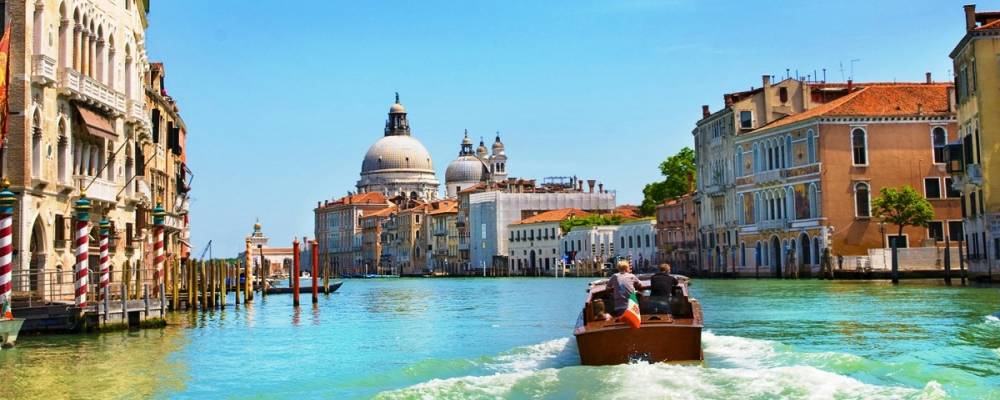
The Magnificent Waterways of Venice
-
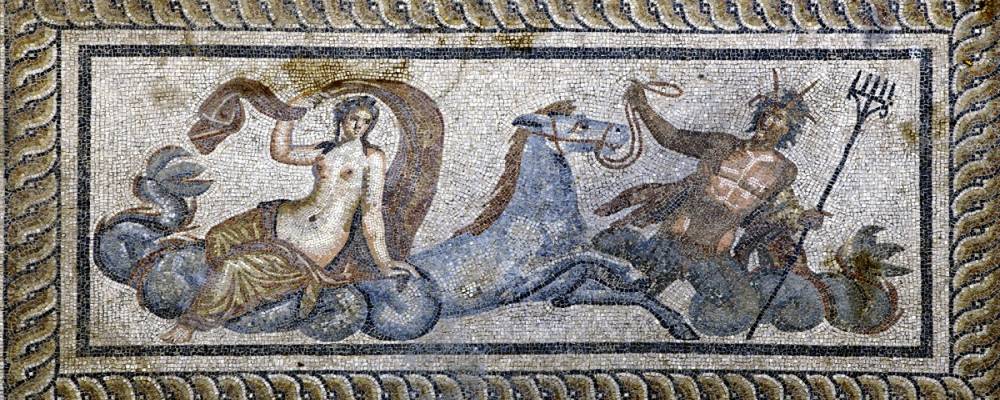
Floor Mosaic, Ephesus
-
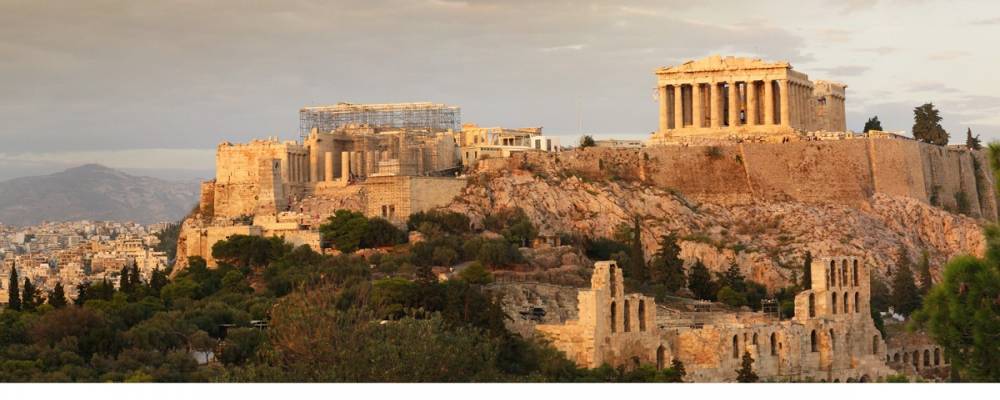
Parthenon, Acropolis, Athens
-
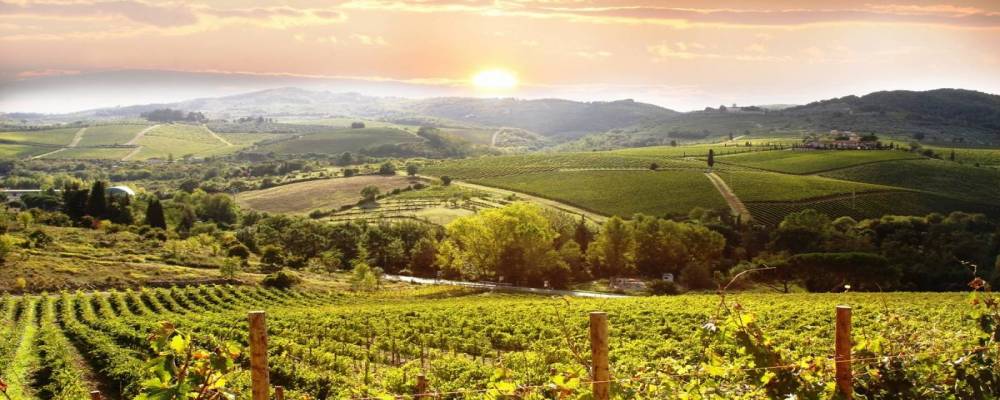
Harvest Tours in Tuscany
-
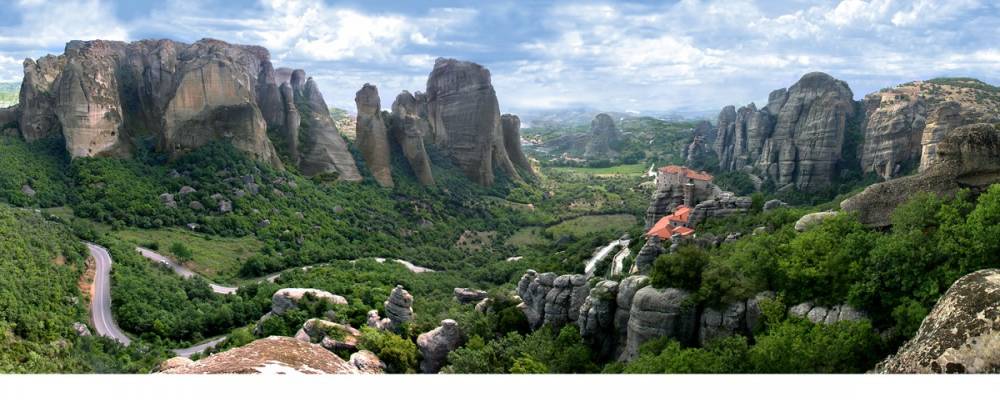
The Monasteries of Meteora
-
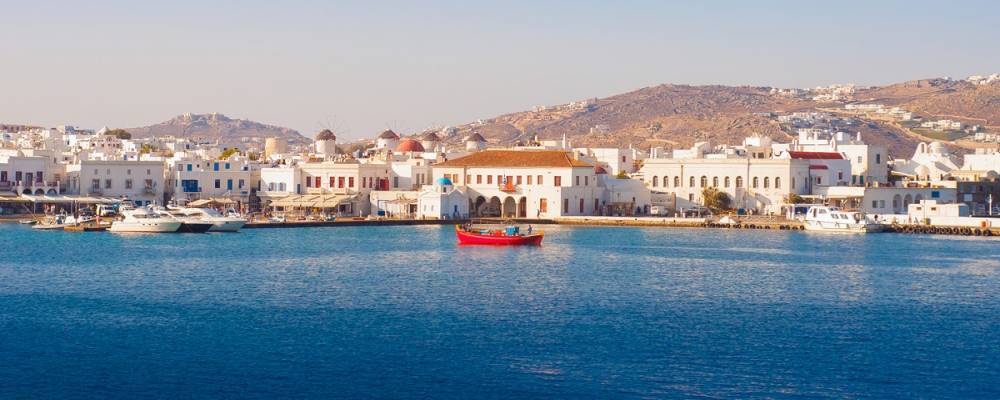
Chora, Mykonos Island
-
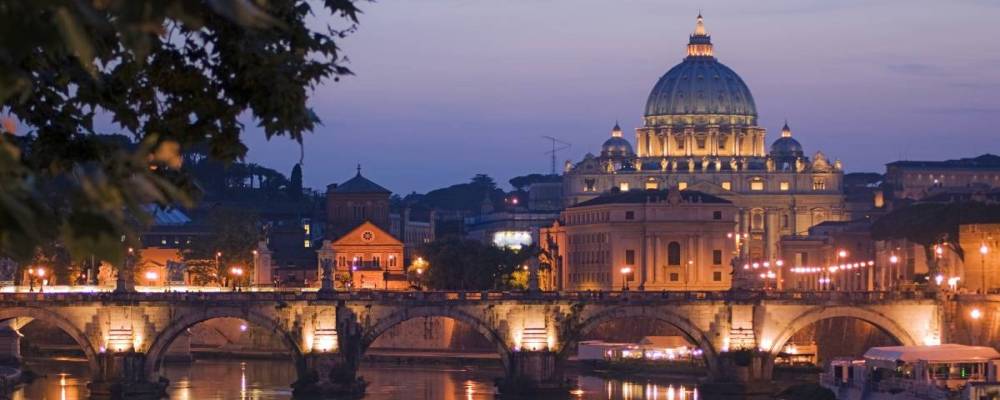
Vatican
-
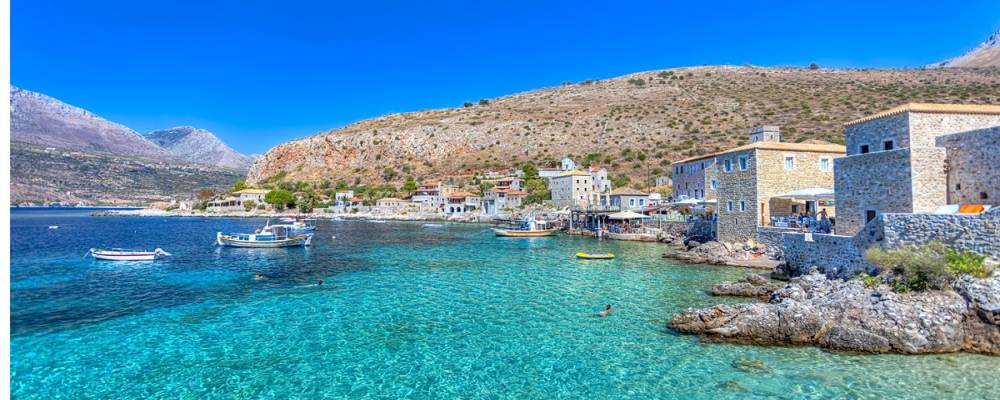
Limeni Village, Mani, Peloponnese
-
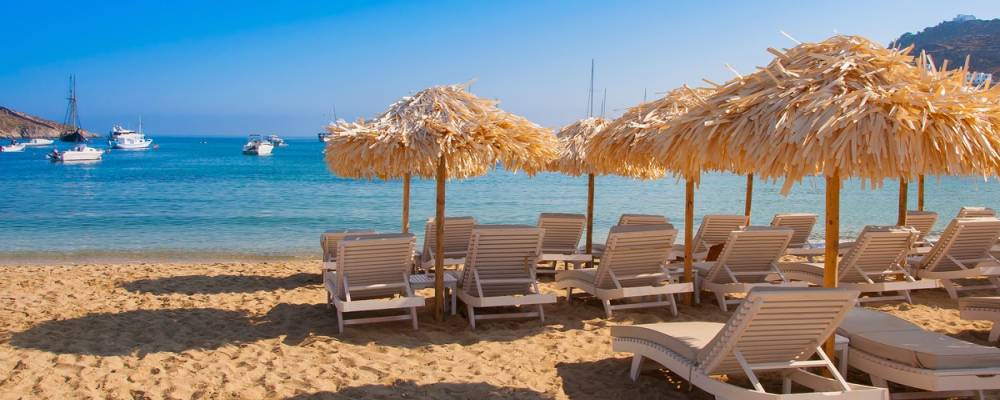
Ornos Beach, Mykonos
-
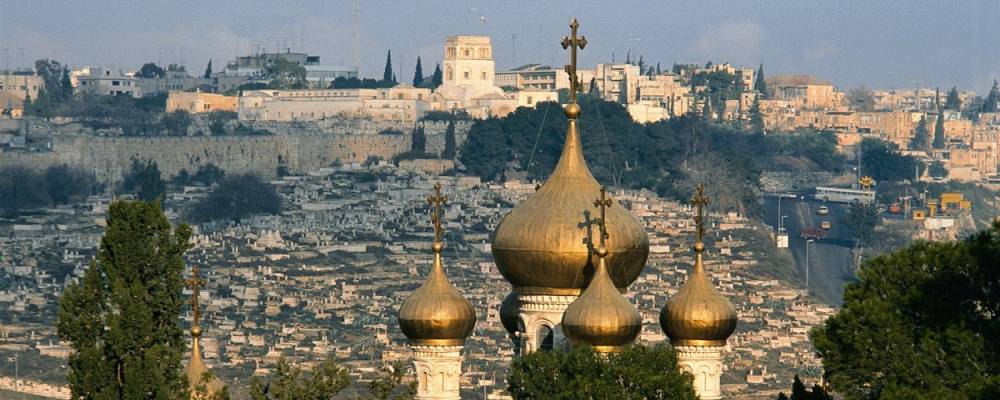
Church of Mary Magdalene, Israel
-
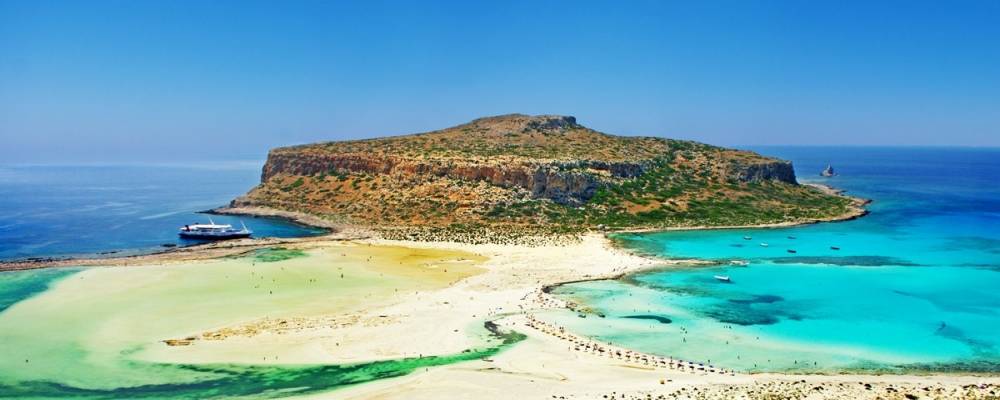
Crete's Magnificent Beaches
-
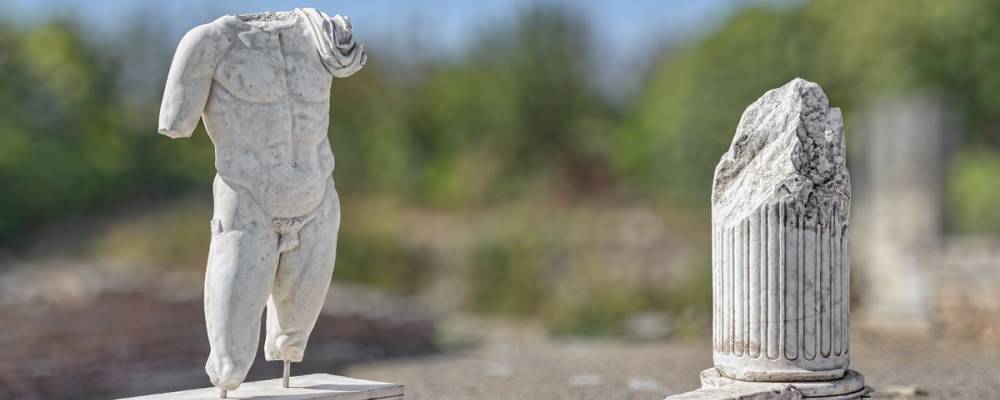
Aphrodisias
-
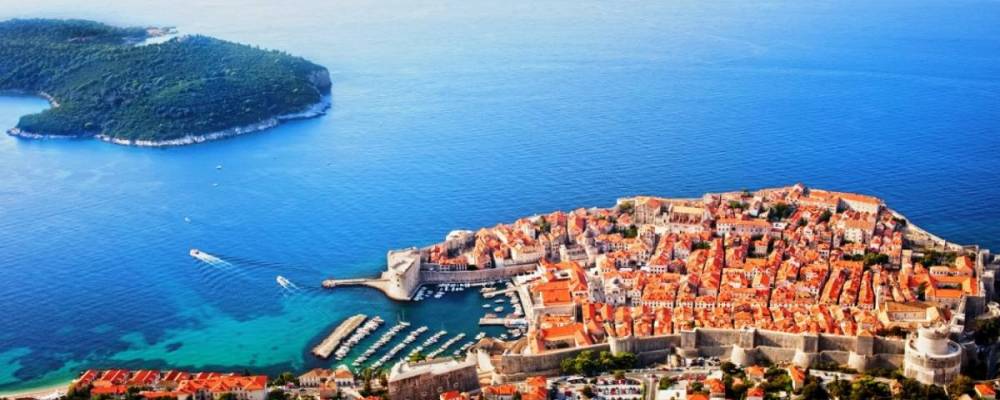
Dubrovnik, Croatia
-
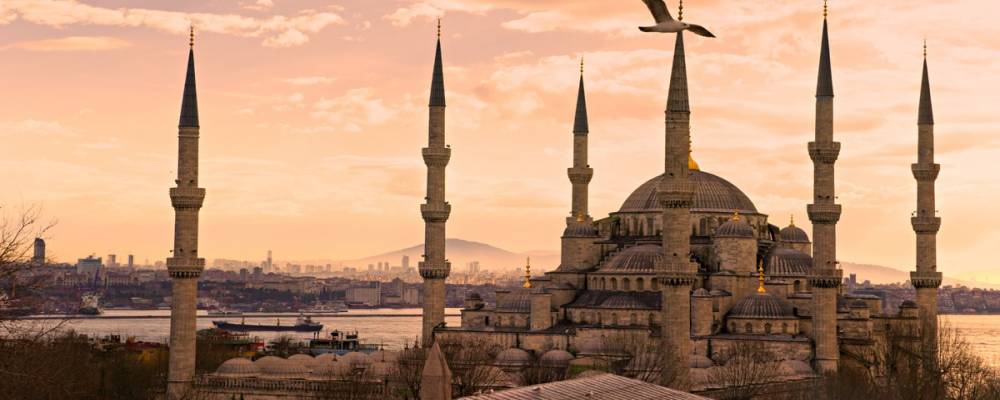
Blue Mosque, Istanbul
-
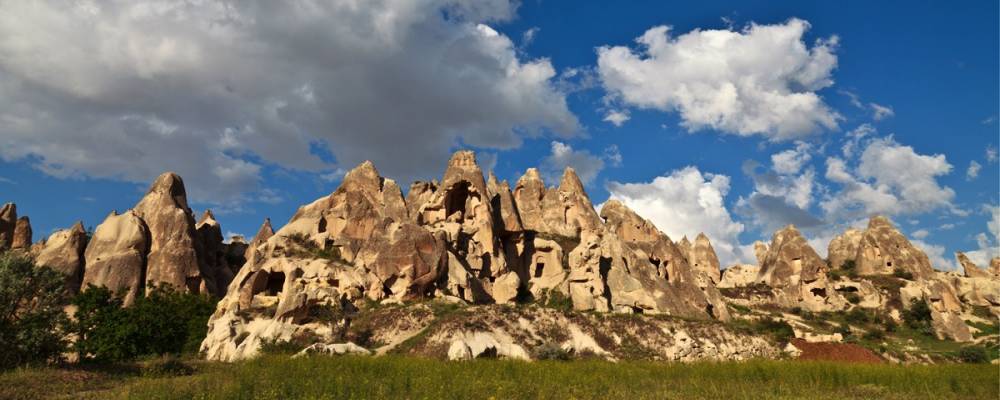
Rose Valley Settlement, Cappadocia
-
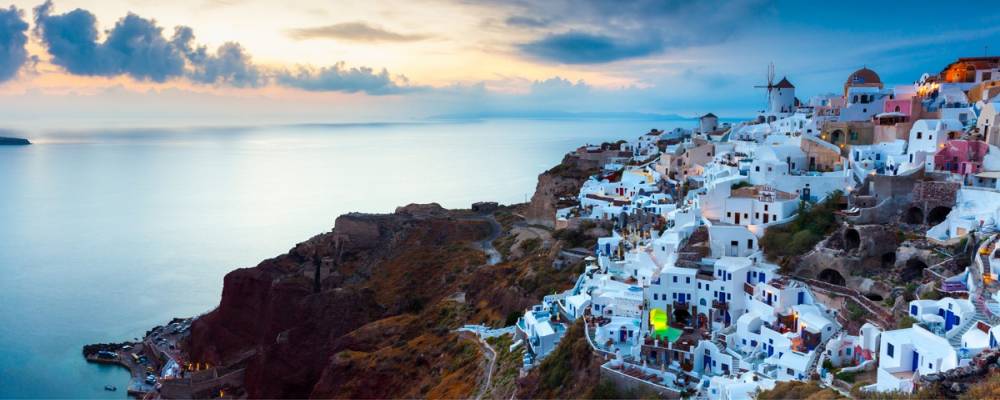
Oia Sunset, Santorini
-
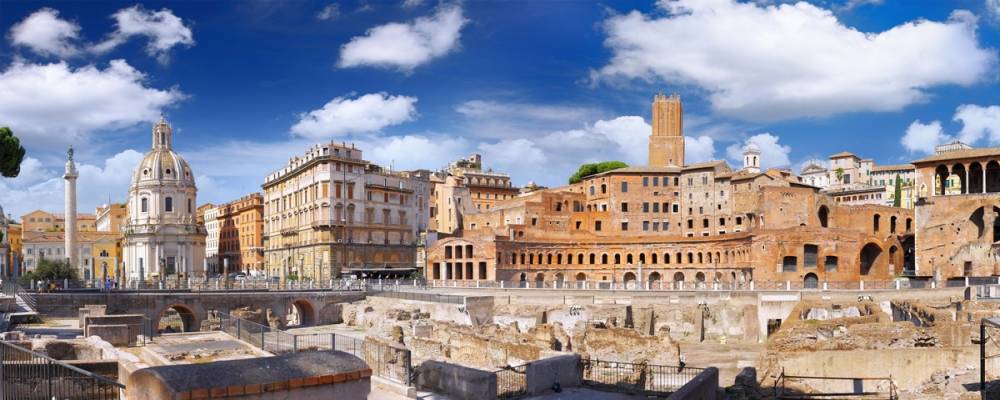
The Roman Forum
-
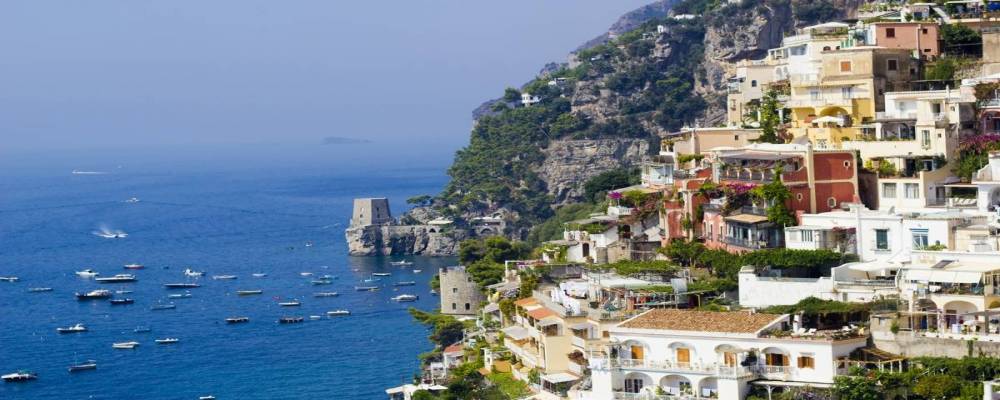
Magnificent Coastal Properties
-
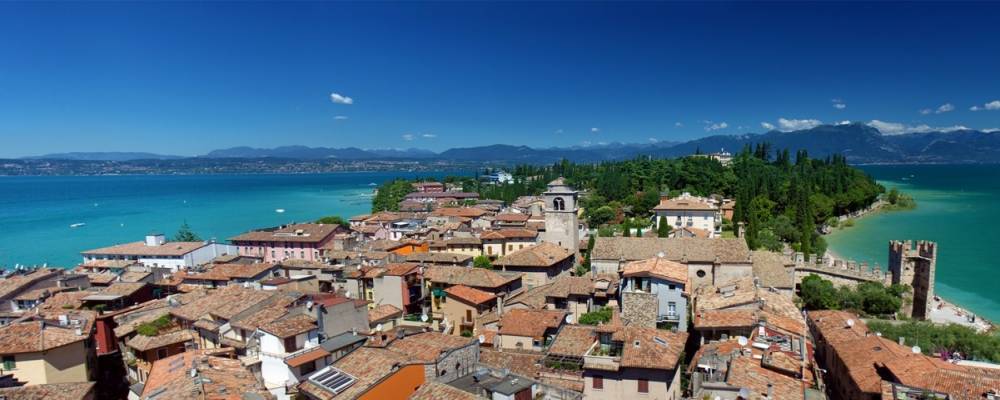
Sirmione, Lake Garda - Italy
-
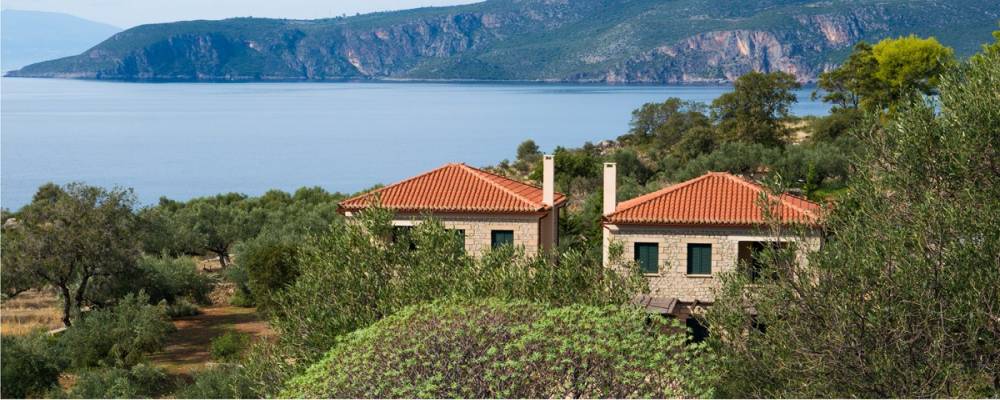
Stoupa, Mani, Peloponnese
Cruise Tours

|
|
Package Includes
Package Does Not Include
Region
The Amalfi Coast is one of the most spectacular coastal regions in the world where the azure sea meets high cliffs kisses at points the incredibly high cliffs and narrow inlets where fishing villages and incredible estates that seem architecturally impossible have been built.
Calabria is on the tip of the boot, the extreme south of Italy, lapped by the splendid crystal blue Ionian and Tyrrhenian Seas and separated from Sicily by the Strait of Messina. The warm climate, the beautiful colours of the sea, rocky coasts alternated to sandy beaches, the wild and mysterious nature, the strong and genuine flavours of local food and the vestiges of its ancient origins make Calabria a unique place to admire both in winter and summer.
Any wish can be fulfilled. Those who love nature, its scents and mysteries, can explore the Calabrian hinterland, discovering pure and unpolluted sceneries, where huge green belts alternate with blue lakes and falls.
On the other hand, those who prefer basking in the warm rays of the sun and dive into a crystal-clear sea can choose from the many charming towns along the long Tyrrhenian and Ionian coasts. Instead those who prefer to learn about the past of this region, Calabria, the cradle of Magna Graecia and land of ancient settlements, offers a wide choice of churches, monasteries, castles, palaces and places where age-long traditions still survive.
The provinces of Calabria are: Catanzaro (regional capital), Reggio Calabria, Cosenza, Crotone and Vibo Valentia.
City
This sublime, interesting, complicated, amazing northern Italian city, is comprised of over 100 islands, many of them linked by bridges and the largest criss-crossed by blue-green canals to facilitate the endless traffic - all of it floating.
Located in the Venetian lagoon, a large inlet on the Adriatic Sea, Venice was founded in 421 AD. From 1000 AD to about 1630 AD, it was a powerful maritime empire controlling the spice trade and ruled by a succession of toughminded, and sometimes bloody, Dukes - or Doges as they were called locally.
The city's incredible wealth found expression in gilded palaces and merchant villas lining the main thoroughfare, the Grand Canal. The personal wealth of the powerful enabled them to commission works from the finest Italian and foreign artists including Titian, Carpaccio, Tintoretto, Veronese and many others for the decoration of their palazzos, guild halls and churches. It is the legacy of this civil munificence which attracts art-loving tourists today.
The city has not only inspired gifted artists. Many writers including Henry James, Thomas Mann, Ernest Hemingway, who spent a lot of time in Harry's Bar - Bellini's, have found themselves enthralled with Venice.Venice is one of the top 5 tourist destinations in Italy, along with Rome, Pisa, Florence and Siena, so it is a crowded place particularly in the summer months. It is best to be mentally prepared to deal with them.
You will want to see the standard attractions: first and foremost Basillica san Marco (St. Marks's Basilica), with its bell tower (Campanille San Marco) and immense pigeon-filled square (Piazza San Marco). Don't miss a gondola ride up the Canale Grande(Grand Canal). Visit the Palazzo Ducale (Ducal Palace) and walk over the Ponte de Sospiri (the Bridge of Sighs).In its twisting and intersecting alleyways, you will see the city abounds with cafes, restaurants and shops to suit every taste and meet every budget and appetite. You will enjoy the place all the more if you take your time and simply submit yourself to the city.
Frommers Tourist Attractions in Venice Know this, however: the tourist trade extends an iron-grip on the city, everything and everyone seems to be involved in the industry. Tourist traffic only seems to abate during the chilly winter months, before it starts up again with the fanfare of the Carnivale in February. Whatever their numbers, however, they do not seem to diminish the lasting, sultry and moist charm of "La Serenissima" - the Divine Republic.
For our money, the best time to visit Venice is in spring or autumn when you will have fewer fellow tourists to contend with, and the benefit of more moderate temperatures and fresh ocean breezes. Visit earlier or later and you will enjoy crisp winter weather but also the chill of icy winds and mists.
Venice is a maze, so it can be very interesting to explore on your own without a guide. Letting your self get "lost" in the narrow streets is probably the best way to visit the "real" Venice.If you would like a guide, however, the estimated cost for a "tour escort" who accompany clients for 8 hours would be about 250 Eur; or 150 for a half day. Local guides who will take you through a museum will charge you about about 150 Eur for 2 hours.







George Bernard Shaw described the city of Dubrovnik as "the pearl of the Adriatic" and said wrote home saying ""those who seek paradise on Earth should come to Dubrovnik," and it is true that many who have visited this sea-side crown jewel have remained both enchanted and amazed with the coastal beauty found here and the charm of the old town, which became a UNESCO World Heritage site in 1979.
This sublime, interesting, complicated, amazing northern Italian city, is comprised of over 100 islands, many of them linked by bridges and the largest criss-crossed by blue-green canals to facilitate the endless traffic - all of it floating.
Located in the Venetian lagoon, a large inlet on the Adriatic Sea, Venice was founded in 421 AD. From 1000 AD to about 1630 AD, it was a powerful maritime empire controlling the spice trade and ruled by a succession of toughminded, and sometimes bloody, Dukes - or Doges as they were called locally.
The city's incredible wealth found expression in gilded palaces and merchant villas lining the main thoroughfare, the Grand Canal. The personal wealth of the powerful enabled them to commission works from the finest Italian and foreign artists including Titian, Carpaccio, Tintoretto, Veronese and many others for the decoration of their palazzos, guild halls and churches. It is the legacy of this civil munificence which attracts art-loving tourists today.
The city has not only inspired gifted artists. Many writers including Henry James, Thomas Mann, Ernest Hemingway, who spent a lot of time in Harry's Bar - Bellini's, have found themselves enthralled with Venice.Venice is one of the top 5 tourist destinations in Italy, along with Rome, Pisa, Florence and Siena, so it is a crowded place particularly in the summer months. It is best to be mentally prepared to deal with them.
You will want to see the standard attractions: first and foremost Basillica san Marco (St. Marks's Basilica), with its bell tower (Campanille San Marco) and immense pigeon-filled square (Piazza San Marco). Don't miss a gondola ride up the Canale Grande(Grand Canal). Visit the Palazzo Ducale (Ducal Palace) and walk over the Ponte de Sospiri (the Bridge of Sighs).In its twisting and intersecting alleyways, you will see the city abounds with cafes, restaurants and shops to suit every taste and meet every budget and appetite. You will enjoy the place all the more if you take your time and simply submit yourself to the city.
Frommers Tourist Attractions in Venice Know this, however: the tourist trade extends an iron-grip on the city, everything and everyone seems to be involved in the industry. Tourist traffic only seems to abate during the chilly winter months, before it starts up again with the fanfare of the Carnivale in February. Whatever their numbers, however, they do not seem to diminish the lasting, sultry and moist charm of "La Serenissima" - the Divine Republic.
For our money, the best time to visit Venice is in spring or autumn when you will have fewer fellow tourists to contend with, and the benefit of more moderate temperatures and fresh ocean breezes. Visit earlier or later and you will enjoy crisp winter weather but also the chill of icy winds and mists.
Venice is a maze, so it can be very interesting to explore on your own without a guide. Letting your self get "lost" in the narrow streets is probably the best way to visit the "real" Venice.If you would like a guide, however, the estimated cost for a "tour escort" who accompany clients for 8 hours would be about 250 Eur; or 150 for a half day. Local guides who will take you through a museum will charge you about about 150 Eur for 2 hours.
This sublime, interesting, complicated, amazing northern Italian city, is comprised of over 100 islands, many of them linked by bridges and the largest criss-crossed by blue-green canals to facilitate the endless traffic - all of it floating.
Located in the Venetian lagoon, a large inlet on the Adriatic Sea, Venice was founded in 421 AD. From 1000 AD to about 1630 AD, it was a powerful maritime empire controlling the spice trade and ruled by a succession of toughminded, and sometimes bloody, Dukes - or Doges as they were called locally.
The city's incredible wealth found expression in gilded palaces and merchant villas lining the main thoroughfare, the Grand Canal. The personal wealth of the powerful enabled them to commission works from the finest Italian and foreign artists including Titian, Carpaccio, Tintoretto, Veronese and many others for the decoration of their palazzos, guild halls and churches. It is the legacy of this civil munificence which attracts art-loving tourists today.
The city has not only inspired gifted artists. Many writers including Henry James, Thomas Mann, Ernest Hemingway, who spent a lot of time in Harry's Bar - Bellini's, have found themselves enthralled with Venice.Venice is one of the top 5 tourist destinations in Italy, along with Rome, Pisa, Florence and Siena, so it is a crowded place particularly in the summer months. It is best to be mentally prepared to deal with them.
You will want to see the standard attractions: first and foremost Basillica san Marco (St. Marks's Basilica), with its bell tower (Campanille San Marco) and immense pigeon-filled square (Piazza San Marco). Don't miss a gondola ride up the Canale Grande(Grand Canal). Visit the Palazzo Ducale (Ducal Palace) and walk over the Ponte de Sospiri (the Bridge of Sighs).In its twisting and intersecting alleyways, you will see the city abounds with cafes, restaurants and shops to suit every taste and meet every budget and appetite. You will enjoy the place all the more if you take your time and simply submit yourself to the city.
Frommers Tourist Attractions in Venice Know this, however: the tourist trade extends an iron-grip on the city, everything and everyone seems to be involved in the industry. Tourist traffic only seems to abate during the chilly winter months, before it starts up again with the fanfare of the Carnivale in February. Whatever their numbers, however, they do not seem to diminish the lasting, sultry and moist charm of "La Serenissima" - the Divine Republic.
For our money, the best time to visit Venice is in spring or autumn when you will have fewer fellow tourists to contend with, and the benefit of more moderate temperatures and fresh ocean breezes. Visit earlier or later and you will enjoy crisp winter weather but also the chill of icy winds and mists.
Venice is a maze, so it can be very interesting to explore on your own without a guide. Letting your self get "lost" in the narrow streets is probably the best way to visit the "real" Venice.If you would like a guide, however, the estimated cost for a "tour escort" who accompany clients for 8 hours would be about 250 Eur; or 150 for a half day. Local guides who will take you through a museum will charge you about about 150 Eur for 2 hours.
This small town is wonderfully located over white steep cliffs and offers a fantastic view over the Bay of Naples. Sorrento lies on a Tufa terrace and is enclosed by impressive rocks of the limestone mountains. For 2000 years already visitors from all over the world have been attracted to Sorrento by breathtaking sunsets and fragrances of orange and lemon gardens.
The small fishing harbor of Marina Grande is especially beautiful in the low season, where one can sense the naturalness of Sorrento.


This sublime, interesting, complicated, amazing northern Italian city, is comprised of over 100 islands, many of them linked by bridges and the largest criss-crossed by blue-green canals to facilitate the endless traffic - all of it floating.
Located in the Venetian lagoon, a large inlet on the Adriatic Sea, Venice was founded in 421 AD. From 1000 AD to about 1630 AD, it was a powerful maritime empire controlling the spice trade and ruled by a succession of toughminded, and sometimes bloody, Dukes - or Doges as they were called locally.
The city's incredible wealth found expression in gilded palaces and merchant villas lining the main thoroughfare, the Grand Canal. The personal wealth of the powerful enabled them to commission works from the finest Italian and foreign artists including Titian, Carpaccio, Tintoretto, Veronese and many others for the decoration of their palazzos, guild halls and churches. It is the legacy of this civil munificence which attracts art-loving tourists today.
The city has not only inspired gifted artists. Many writers including Henry James, Thomas Mann, Ernest Hemingway, who spent a lot of time in Harry's Bar - Bellini's, have found themselves enthralled with Venice.Venice is one of the top 5 tourist destinations in Italy, along with Rome, Pisa, Florence and Siena, so it is a crowded place particularly in the summer months. It is best to be mentally prepared to deal with them.
You will want to see the standard attractions: first and foremost Basillica san Marco (St. Marks's Basilica), with its bell tower (Campanille San Marco) and immense pigeon-filled square (Piazza San Marco). Don't miss a gondola ride up the Canale Grande(Grand Canal). Visit the Palazzo Ducale (Ducal Palace) and walk over the Ponte de Sospiri (the Bridge of Sighs).In its twisting and intersecting alleyways, you will see the city abounds with cafes, restaurants and shops to suit every taste and meet every budget and appetite. You will enjoy the place all the more if you take your time and simply submit yourself to the city.
Frommers Tourist Attractions in Venice Know this, however: the tourist trade extends an iron-grip on the city, everything and everyone seems to be involved in the industry. Tourist traffic only seems to abate during the chilly winter months, before it starts up again with the fanfare of the Carnivale in February. Whatever their numbers, however, they do not seem to diminish the lasting, sultry and moist charm of "La Serenissima" - the Divine Republic.
For our money, the best time to visit Venice is in spring or autumn when you will have fewer fellow tourists to contend with, and the benefit of more moderate temperatures and fresh ocean breezes. Visit earlier or later and you will enjoy crisp winter weather but also the chill of icy winds and mists.
Venice is a maze, so it can be very interesting to explore on your own without a guide. Letting your self get "lost" in the narrow streets is probably the best way to visit the "real" Venice.If you would like a guide, however, the estimated cost for a "tour escort" who accompany clients for 8 hours would be about 250 Eur; or 150 for a half day. Local guides who will take you through a museum will charge you about about 150 Eur for 2 hours.
This sublime, interesting, complicated, amazing northern Italian city, is comprised of over 100 islands, many of them linked by bridges and the largest criss-crossed by blue-green canals to facilitate the endless traffic - all of it floating.
Located in the Venetian lagoon, a large inlet on the Adriatic Sea, Venice was founded in 421 AD. From 1000 AD to about 1630 AD, it was a powerful maritime empire controlling the spice trade and ruled by a succession of toughminded, and sometimes bloody, Dukes - or Doges as they were called locally.
The city's incredible wealth found expression in gilded palaces and merchant villas lining the main thoroughfare, the Grand Canal. The personal wealth of the powerful enabled them to commission works from the finest Italian and foreign artists including Titian, Carpaccio, Tintoretto, Veronese and many others for the decoration of their palazzos, guild halls and churches. It is the legacy of this civil munificence which attracts art-loving tourists today.
The city has not only inspired gifted artists. Many writers including Henry James, Thomas Mann, Ernest Hemingway, who spent a lot of time in Harry's Bar - Bellini's, have found themselves enthralled with Venice.Venice is one of the top 5 tourist destinations in Italy, along with Rome, Pisa, Florence and Siena, so it is a crowded place particularly in the summer months. It is best to be mentally prepared to deal with them.
You will want to see the standard attractions: first and foremost Basillica san Marco (St. Marks's Basilica), with its bell tower (Campanille San Marco) and immense pigeon-filled square (Piazza San Marco). Don't miss a gondola ride up the Canale Grande(Grand Canal). Visit the Palazzo Ducale (Ducal Palace) and walk over the Ponte de Sospiri (the Bridge of Sighs).In its twisting and intersecting alleyways, you will see the city abounds with cafes, restaurants and shops to suit every taste and meet every budget and appetite. You will enjoy the place all the more if you take your time and simply submit yourself to the city.
Frommers Tourist Attractions in Venice Know this, however: the tourist trade extends an iron-grip on the city, everything and everyone seems to be involved in the industry. Tourist traffic only seems to abate during the chilly winter months, before it starts up again with the fanfare of the Carnivale in February. Whatever their numbers, however, they do not seem to diminish the lasting, sultry and moist charm of "La Serenissima" - the Divine Republic.
For our money, the best time to visit Venice is in spring or autumn when you will have fewer fellow tourists to contend with, and the benefit of more moderate temperatures and fresh ocean breezes. Visit earlier or later and you will enjoy crisp winter weather but also the chill of icy winds and mists.
Venice is a maze, so it can be very interesting to explore on your own without a guide. Letting your self get "lost" in the narrow streets is probably the best way to visit the "real" Venice.If you would like a guide, however, the estimated cost for a "tour escort" who accompany clients for 8 hours would be about 250 Eur; or 150 for a half day. Local guides who will take you through a museum will charge you about about 150 Eur for 2 hours.
In the Eternal City one can see many layers of history, from ancient to modern times, existing side by side. The center of the Catholic Church and the third most visited city in Europe, Rome has something for every seeker of culture and adventure. Once the center of the greatest empire on Earth, its universities, libraries, and museums are repositories of culture going back centuries. The Vatican Museums house many of the world’s great art treasures and are a favorite among art lovers worldwide. The Colosseum stands as both a great monument to the vast empire that was ancient Rome, while at the same time giving a warning to future generations about power and decadence. The city is known for its architecture, which spans centuries and offers a glimpse into the distant past as well as its influence on development through the years. Rome is one of Italy’s and the world’s great cities, a title it has held for centuries, a thought and an idea expressed in its past, and presently on display in the Eternal City.
This small town is wonderfully located over white steep cliffs and offers a fantastic view over the Bay of Naples. Sorrento lies on a Tufa terrace and is enclosed by impressive rocks of the limestone mountains. For 2000 years already visitors from all over the world have been attracted to Sorrento by breathtaking sunsets and fragrances of orange and lemon gardens.
The small fishing harbor of Marina Grande is especially beautiful in the low season, where one can sense the naturalness of Sorrento.

In the Eternal City one can see many layers of history, from ancient to modern times, existing side by side. The center of the Catholic Church and the third most visited city in Europe, Rome has something for every seeker of culture and adventure. Once the center of the greatest empire on Earth, its universities, libraries, and museums are repositories of culture going back centuries. The Vatican Museums house many of the world’s great art treasures and are a favorite among art lovers worldwide. The Colosseum stands as both a great monument to the vast empire that was ancient Rome, while at the same time giving a warning to future generations about power and decadence. The city is known for its architecture, which spans centuries and offers a glimpse into the distant past as well as its influence on development through the years. Rome is one of Italy’s and the world’s great cities, a title it has held for centuries, a thought and an idea expressed in its past, and presently on display in the Eternal City.
Tuscany is a "must see" region in Italy and Florence, the capital of the Tuscan region is a "must see" city in Tuscany. Once the hub of the Renaissance, Florence is still a city marked by outstanding cultural and artistic splendor. In the modern day this translates into some of the best shopping anywhere for fine products from leather to gold. A perennial favorite of tourists and home to such historical figures as Machiavelli and the Medici clan, all of the finest aspects of Renaissance culture, from literature and art to theater and music still flourish here. Besides tourism, food and wine production are also prominent industries in this city, which is the main city of the Tuscany wine-producing region. The Uffizi Gallery and Accademia Museum house two of the world’s great art collections and seeing the David by Michealangelo, at the Accademia is a moment never to be forgotten. The Duomo in Florence is as breathtaking as it is massive. This amazing structure can be seen from many vantage points near the city center and it looms in its majesty above the city’s interesting architecture and unique streets. Major attractions: Uffizi museum, Accademia museum with the David, Piazza della Signoria, Duomo di Santa Maria del Fiore, Santa Croce and Santa Maria Novella churches and squares. Other museums of notice are Palazzo Vecchio, Palazzo Pitti with the Silver museum, the Boboli Gardens and the Palatine Gallery, the Brancacci Chapel, the Museum San Marco. Major theaters and events: Teatro Comunale, Teatro della Pergola, Toscana Opera Festival, Teatro Verdi.
This sublime, interesting, complicated, amazing northern Italian city, is comprised of over 100 islands, many of them linked by bridges and the largest criss-crossed by blue-green canals to facilitate the endless traffic - all of it floating.
Located in the Venetian lagoon, a large inlet on the Adriatic Sea, Venice was founded in 421 AD. From 1000 AD to about 1630 AD, it was a powerful maritime empire controlling the spice trade and ruled by a succession of toughminded, and sometimes bloody, Dukes - or Doges as they were called locally.
The city's incredible wealth found expression in gilded palaces and merchant villas lining the main thoroughfare, the Grand Canal. The personal wealth of the powerful enabled them to commission works from the finest Italian and foreign artists including Titian, Carpaccio, Tintoretto, Veronese and many others for the decoration of their palazzos, guild halls and churches. It is the legacy of this civil munificence which attracts art-loving tourists today.
The city has not only inspired gifted artists. Many writers including Henry James, Thomas Mann, Ernest Hemingway, who spent a lot of time in Harry's Bar - Bellini's, have found themselves enthralled with Venice.Venice is one of the top 5 tourist destinations in Italy, along with Rome, Pisa, Florence and Siena, so it is a crowded place particularly in the summer months. It is best to be mentally prepared to deal with them.
You will want to see the standard attractions: first and foremost Basillica san Marco (St. Marks's Basilica), with its bell tower (Campanille San Marco) and immense pigeon-filled square (Piazza San Marco). Don't miss a gondola ride up the Canale Grande(Grand Canal). Visit the Palazzo Ducale (Ducal Palace) and walk over the Ponte de Sospiri (the Bridge of Sighs).In its twisting and intersecting alleyways, you will see the city abounds with cafes, restaurants and shops to suit every taste and meet every budget and appetite. You will enjoy the place all the more if you take your time and simply submit yourself to the city.
Frommers Tourist Attractions in Venice Know this, however: the tourist trade extends an iron-grip on the city, everything and everyone seems to be involved in the industry. Tourist traffic only seems to abate during the chilly winter months, before it starts up again with the fanfare of the Carnivale in February. Whatever their numbers, however, they do not seem to diminish the lasting, sultry and moist charm of "La Serenissima" - the Divine Republic.
For our money, the best time to visit Venice is in spring or autumn when you will have fewer fellow tourists to contend with, and the benefit of more moderate temperatures and fresh ocean breezes. Visit earlier or later and you will enjoy crisp winter weather but also the chill of icy winds and mists.
Venice is a maze, so it can be very interesting to explore on your own without a guide. Letting your self get "lost" in the narrow streets is probably the best way to visit the "real" Venice.If you would like a guide, however, the estimated cost for a "tour escort" who accompany clients for 8 hours would be about 250 Eur; or 150 for a half day. Local guides who will take you through a museum will charge you about about 150 Eur for 2 hours.
Town


Approaching San Gimignano from any direction, you will see first that it cascades down a small hill about 325 meters high, overlooking the Val d'Elsa. Then you will wonder about the many "skyscrapers" that dart upward mostly near its uppermost reaches. This is the Town of the Towers, one of the prettiest, most well-preserved medieval towns in all of Italy.
There is evidence that San Gimignano began as an Etruscan settlement as long ago as 500 BC. Later, it was a Roman town on the via Francigena, between Siena to the south and Lucca to the north. Nothing of moment seems to have occurred during the Roman period, except, during the fall of Rome, when, according to legend, the Bishop of Modena (whom later became Saint Gimignano for whom the city is named) saved the city from barbarian invaders.
So, how to explain the towers? A little history will help.
During the early Christian era, San Gimignano was one of several villages under the domination of the Bishop of Volterra. Toward the end of the 9th Century, the Bishop granted the town the right to hold a weekly market, setting the town on a course of growing importance in the area. In 949 AD, San Gimignano became a city and by 998 AD, the citizens had erected the first ring of walls there. Noblemen and commoners alike built within these walls to take advantage of the protection they offered.
For a period of about three centuries from these early days, there was conflict between the Bishops of Volterra and the local nobility and wealthy signori of the city, with power shifting back and forth between the Bishop's faction (the Guelphs) and the faction identified with the Holy Roman Emperor (the Ghibellines).
In 1199, at a time when the Bishop had once again asserted control he shrewdly offered a tax incentive to noblemen and wealthy merchants who built within the city walls, a second set of which were built a couple of years later.
At the same time, cultivation, harvesting and exportation of saffron and crocuses on the slopes of the Val d'Elsa, was generating great wealth for land owners now living in the city. Within the confined space circumscribed by the walls, the wealthy families competed with one another to display their wealth, resulting in the building of the first towers to overcome the lack of space on the ground. These wealthy families also funded the building of various piazzi (court yards or squares), churches and various other public buildings still extant in San Gimignano today.
So intense was the tower-building competition, that a local ordinance was passed to prohibit the building of any tower higher than the 50 meter (165 ft) high city hall, known as the Rognosa. Seventy two such towers were built, of which only 14 remain standing today.
The building of towers was very common in medieval towns and cities of the era, including in cities like Florence, Bologna and Perugia, but except for a few isolated instances, the towers either collapsed, were destroyed in war, or were pulled down during rebuilding programs.
They survived mostly because as peace came to the area, and people, towns and connecting highways moved to the valleys, San Gimignano lost the importance it had during the medieval era. In other words, the town retains its medieval appearance - and all that medieval charm - precisely because no significant changes have occurred within the city walls for hundreds of years.
But, because it has been so well preserved in its medieval condition, it is now a major attraction to tourists and travelers, whose money is now the economic life blood of San Gimignano. However, the fact that it is such a heavily touristed town should not deter you from visiting, although an off-season visit is recommended. It is a beautiful and unforgettable place, redolent of a profound, not a superficial, medieval atmosphere.
The color of its stone, a warm ochre, that radiates a golden lustre in the afternoon light, its twisted and winding streets, its convivial piazzas, its cool and solemn Duomo and churches, its charming cafes and restaurants, can take you back in time in a way that few other places can. And, from the tops of the famous towers, you can see a rolling, green and verdant Tuscany - a Tuscany you think only exists in your imagination, but is real indeed.



Praia a Mare is a magical town on Italy’s Cedri Riviera - the Citrus Coast - filled with natural wonder, legend and history. The town is home to Dino Island, whose sandstone circumference includes mystifying cave grottos, in which an indescribable colour of blue, created by light which comes up through the water, has caused Dino Island to be given World-Heritage site status.
Praia a Mare is a naturally inspiring destination that has gone un-noticed by most travelers who unfortunately have passed up the town’s treasures which include: pedestrian only tree-lined streets and a stunning church, known as “La Madonna Della Grotta” built inside an enormous cave behind the town (look for sign near the Arcate hotel that indicates the Archaeological Zone).
Travelers have been by-passing Praia a Mare on route to Sicily, but from May to October, when the weather is good Praia should be considered a "must see" destination for anyone traveling in Southern Italy.
The town is impeccably clean, well served by trains and buses, and because empires throughout the centuries have laid claim here, it is home to numerous historical ruins including a prominent Byzantine guarding tower that lies in front of Dino Island and a Spanish Castle.
Praia a Mare is small, and easy to get around with a car or without. There are numerous hotels, bed and breakfasts and restaurants which are relatively low-cost for what you receive in comparison to other parts of Italy. Praia is an optimal place from which to explore numerous other villages on the Cedri Riviera.
Dino Island, the main attraction which draws visitors from around Europe each year, is approximately one mile in circumference and is home to six magnificent grottos, easily accessible by paddleboat or canoe that can be rented by any number of beach lidos in operation from May until September. In the off-season, boats can be rented at hotels.
The Madonna Della Grotta sanctuary is easily accessible throughout the town and admittance is free of charge. There are in fact, two churches within the cave, the smaller one, built inside a smaller cave, in which limestone deposits have formed an alter of sorts, used by local priests for Catholic ceremonies carried out here.

District
Vatican City is the smallest independent state in the world. The importance of this city state however is inversely proportional to its size. The area which Vatican City occupies is between Monte Mario and the Janiculum. In the 1st century B.C., it was the site of Caligula's circus - where Nero had hundreds of Christians martyred, some years after. The Church rises on teh spot where one of Nero's victims St. Peter was buried. Over the years, other building grew up around it. The Vatican's independence started in the 8th century, and was of primary importance throughout the Middle Ages. The Papal State expanded to such an extent that, until the unity of Italy when it was wiped off the Italian political scene, it covered practically all of Central Italy. It only regained an independent political status in 1929 (as a state with less than a half a square kilometer of territory).
Ineffably picturesque, Trastevere is a district of two halves. West of Viale Trastevere, besotted tourists mingle with the few locals who have survived the influx of foreign residents, through twisting alleys packed with bars and restaurants (which are not always the cheapest or the best, but which usually guarantee atmosphere). Every alley seems to lead eventually to Piazza Santa Maria in Trastevere, where the facade of the eponymous church glows with 13th-century mosaics, as does the apse, where the scenes from the life of the Virgin are by Pietro Cavallini, a lesser-known Roman contemporary of Giotto. More of Cavallini's extraordinary work can be seen to the east of Viale Trastevere in the church of Santa Cecilia in Trastevere, where a fragment survives of his Last Judgment—an extravaganza of exquisitely colored angels' wings (2 Piazza Santa Cecilia; 39-06-589-9289; open Tues.–Thurs. 10 am–noon, Sun 11:30 am–noon). This side of Viale Trastevere is altogether a quieter, more laid-back neighborhood
Lndmark



Island
Why Mykonos?
Few islands in Greece typify the Greek Island experience as well and as famously as Mykonos. Simply put, there is no island in Greece that offers a better combination of top notch accommodation, superb beaches, cosmopolitan nightlife and variety than Mykonos. This is the island that offers everything to everyone.
Surprisingly to some, Mykonos offers a good variety of cultural options. A visit to he ancient island of Delos is highly recommended. The island boasts one church for every day of the year and it is also home to a growing number. of respected artists. Music and art festivals are regularly held during the spring and summer months.


Other








Piazza Navone is one of the most famous and arguably the most beautiful of Rome's many squares. The large and lively square features no less than three magnificent fountains. Another eyecatcher is the baroque church of Sant'Agnese in Agone. The piazza is situated in the historic center of Rome, west of the Pantheon. It is one of Rome's liveliest squares, with many outdoor cafes, restaurants and night clubs in the neighborhood.
The Roman Forum was designed by the architect Vitruvius with proportions 3:2 (length to width). For centuries, the Forum Romanum was the site of the city's most important public buildings, such as the Arch of Septimius Severus, built in AD203 and the Roman Forum Rostra or platforms for public speeches. The reliefs on the triple arch represented many of Rome's victories over oriental tribes and the Rostra was decorated with prows of warships captured during battles. The Roman Forum became the spectacular showcase of the Roman Empire filled with beautiful statues and architecture. The Roman Forum (Forum Romanum) was the central area of the city around which ancient Rome developed. Here was where commerce, business, prostitution, cult and the administration of justice took place. Space where religious activities were conducted and the communal hearth of the city.
The main sight of the Forum include the Arch of Titus (Arco di Tito), the Temple of Saturn, Temple of Vesta, and the church of San Luca e Martina. These are all linked by the Sacra Via, the main road through the Forum.
.

|
Our Independent holidays are priced based on:
To get a quote on one of our fully customizable Independent Holidays click on the 'Get Quote' button and fill out the simple form. We will respond to your request within 24 hours. Alternately you can request a quotation by speaking to one of our agents in real time using our live chat feature or by calling our offices. All of our Independent Holidays can be tailored to meet your specific needs, call us today and to see how you can put the MedVisits advantage to work for you!
|
|
| Email : | info@landofthegods.com |
| Phone : | +1-866-924-8259 |
| CURRENCY : |








